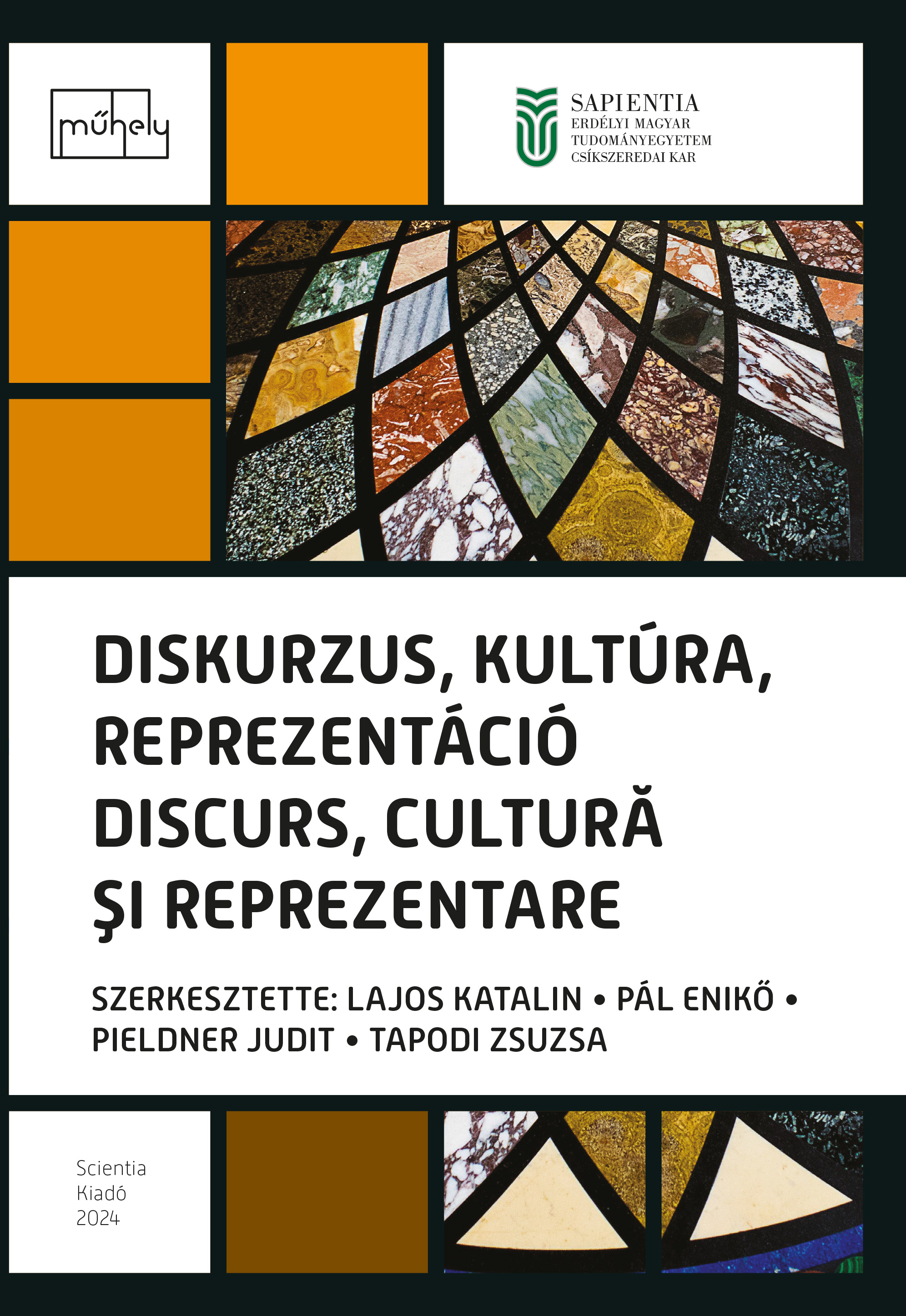TANULD MEG VAGY TANULD EL! – MAGYAR NÉVUTÓK ÉS IGEKÖTŐK ROMÁN NYELVI EKVIVALENSEI
LEARN IT OR BE TAUGHT! – HUNGARIAN POSTPOSITIONS AND VERB PARTICLES – ROMANIAN LANGUAGE EQUIVALENTS
Author(s): Réka Pupp
Subject(s): Language studies, Language and Literature Studies
Published by: Scientia Kiadó
Keywords: relation words; verb particle; postposition;
Summary/Abstract: Hungarian as a foreign language is a great challenge for Romanian-speaking students, as they have to absorb a foreign culture along with a completely foreign structure and function. Discovering a new language is also discovering a new culture. These two presuppose and complement each other. I have talked and written many times over the years about several pitfalls of learning Hungarian descriptive grammar and the possibilities of avoiding these pitfalls, but there are always new questions that have not yet been discussed. In this thesis, I would like to talk about relation words among the Hungarian word species groups, especially two relation words of morphological nature, the postpositions, and the verb particles, pointing out at the same time the means of expression of these words in Romanian. In Hungarian, the vocabulary group of relation words includes words whose autonomy is relative, temporary, and their function is sometimes very diverse. For example, verb particles range from concrete directional notation to abstract use, often accompanied by a change of meaning or nuance of verb approach (Szili 2011, p. 187).Among the general characteristics of relation words, I would like to emphasize that the communicative-pragmatic meaning of these words is primary (Keszler 2000: 69–71), and therefore they play an important and nuanced role in communication.
Book: Diskurzus, kultúra, reprezentáció / Discurs, cultură şi reprezentare
- Page Range: 257-268
- Page Count: 12
- Publication Year: 2024
- Language: Hungarian
- Content File-PDF

